Table of Contents
The flag of Timor-Leste, also known as the East Timorese flag, embodies the profound historical and cultural essence of the country. It reflects the identity, past hardships, and future aspirations of the East Timorese people. In this article, we delve into the fascinating elements of the Timor-Leste flag, including its design, symbolism, and historical context.
The Timor-Leste flag features a red field with a black isosceles triangle bearing a white five-pointed star on the hoist side, and a yellow triangle within the black triangle. The color red represents the struggle for liberation, the black symbolizes the obscurities that need to be overcome, and the yellow denotes traces of colonial history. The white star stands for peace and signifies the light guiding the people.
Timor-Leste Flag: Stars of Unity and Freedom
- The design of the Timor-Leste flag features a yellow isosceles triangle, superimposed on a black triangle, which forms a base for a red field.
- Prominently displayed at the center of the yellow triangle is a white five-pointed star.
- The symbolism of the black and yellow colors represents the challenges of the past and the struggles for national liberation, while the red field symbolizes the ultimate sacrifice for freedom.
- The white star stands for peace and unity among the diverse cultures of Timor-Leste.
- The flag was officially adopted on 20 May 2002, marking Timor-Leste’s independence from Indonesian rule.
- The ideology of the flag reflects the nation’s commitment to national unity, peace, and independence, embodying the spirit of Timor-Leste’s struggle for sovereignty and its dedication to its values.
Flag of Timor-Leste
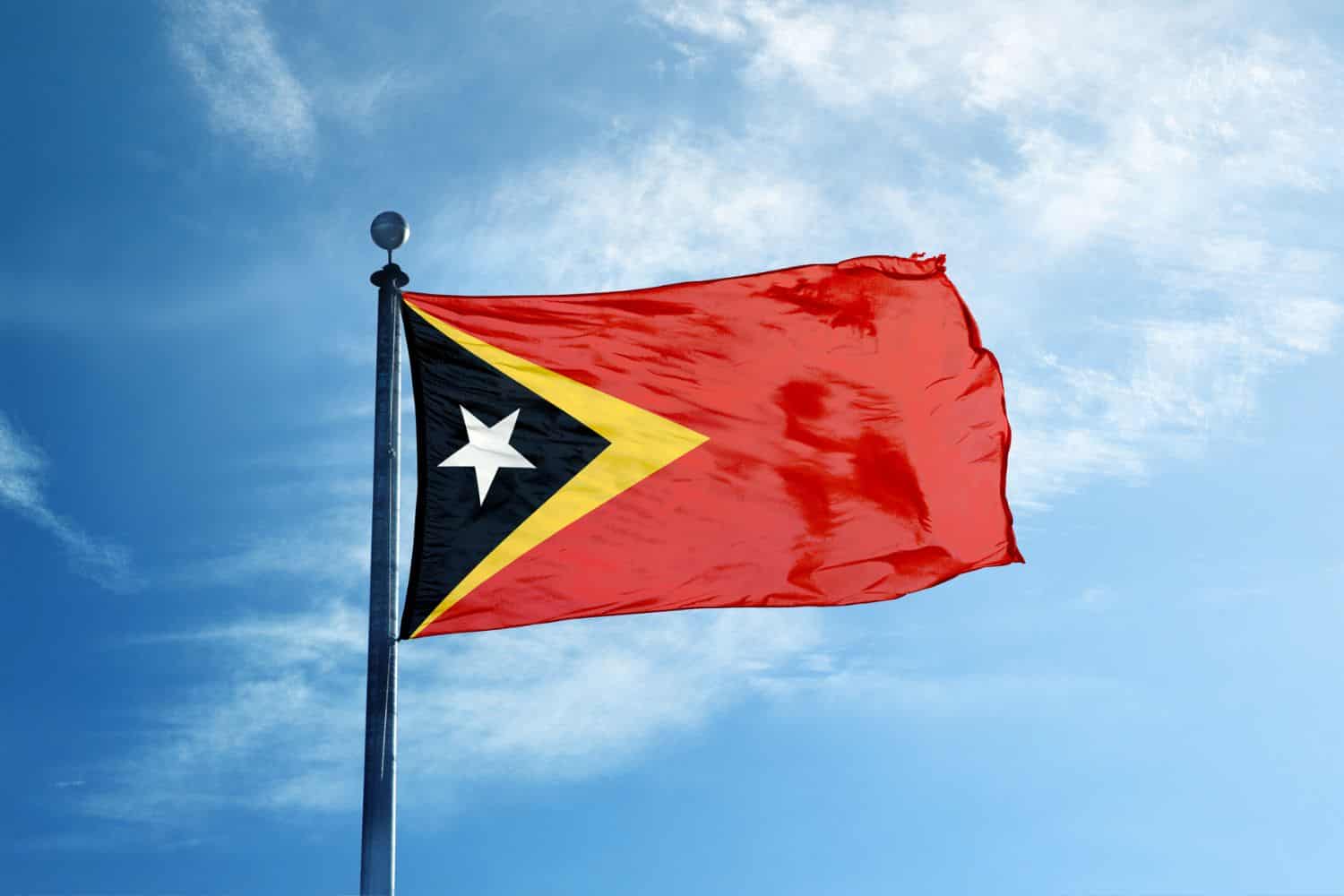
The flag of Timor-Leste serves as a profound emblem, representing the nation’s cultural heritage and spirit. The design features a red backdrop with a black isosceles triangle superimposed on a yellow triangle, which bears a white, five-pointed star at its center. The red color symbolizes the struggle for liberation, reflecting the courage and national pride of the Timorese people. The black triangle represents the obscurities overcome during the struggle, while the yellow denotes the traces of colonialism. The white star signifies peace and hope, illuminating the aspirations of a sovereign and unified Timor-Leste.
The history of the Timor-Leste flag is deeply intertwined with the country’s poignant narrative of resilience and its pursuit of independence. Officially adopted on May 20, 2002, when Timor-Leste regained its independence, the flag embodies the unity and hopes of the Timorese people.
Beyond its visual characteristics, the flag of Timor-Leste holds profound symbolic meanings. The colors and symbols reflect the values and aspirations of the Timorese population, depicting resilience, hope, and peace. The prominent star represents Timor-Leste’s cultural heritage and serves as a testament to the nation’s enduring spirit of unity.
National Flag Etiquette and Protocol

It is crucial to uphold the proper use and display of the Timor-Leste flag, particularly during national events and ceremonies. Familiarity with the protocols for handling, hoisting, and lowering the flag, as well as the respectful management of worn or damaged flags, is imperative to maintain its dignity.
- Proper Handling: The flag of Timor-Leste must be handled with care and respect, ensuring that it never touches the ground or is dragged across any surface. It should always be displayed upright.
- Hoisting and Lowering: The flag should be raised briskly and lowered slowly and ceremoniously. It is typically hoisted at sunrise and lowered at sunset, though this can vary based on specific guidelines or occasions.
- Displaying the Flag: When displayed, the flag should show its red, yellow, and black colors with the white star prominently in the center. Ensure it flies freely, unobstructed and untangled.
- Half-Staff: On designated days of remembrance, during national mourning, or upon the death of significant figures, the flag should be flown at half-staff, in accordance with directions from the appropriate authorities.
- Flag Retirement: When the flag of Timor-Leste is no longer serviceable, it should be retired in a dignified and respectful manner, which often includes burning it in a solemn ceremony as per established guidelines and local laws.
- Flag Size and Placement: The flag size should be appropriate for its pole or display setting. Consulting local guidelines or authorities is recommended to determine the correct flag size and placement specifics.
- Respectful Disposal: If burning is not an option, the flag should be disposed of respectfully. This might include burying it or entrusting it to organizations that specialize in the proper disposal of flags.
Interesting Facts and Trivia
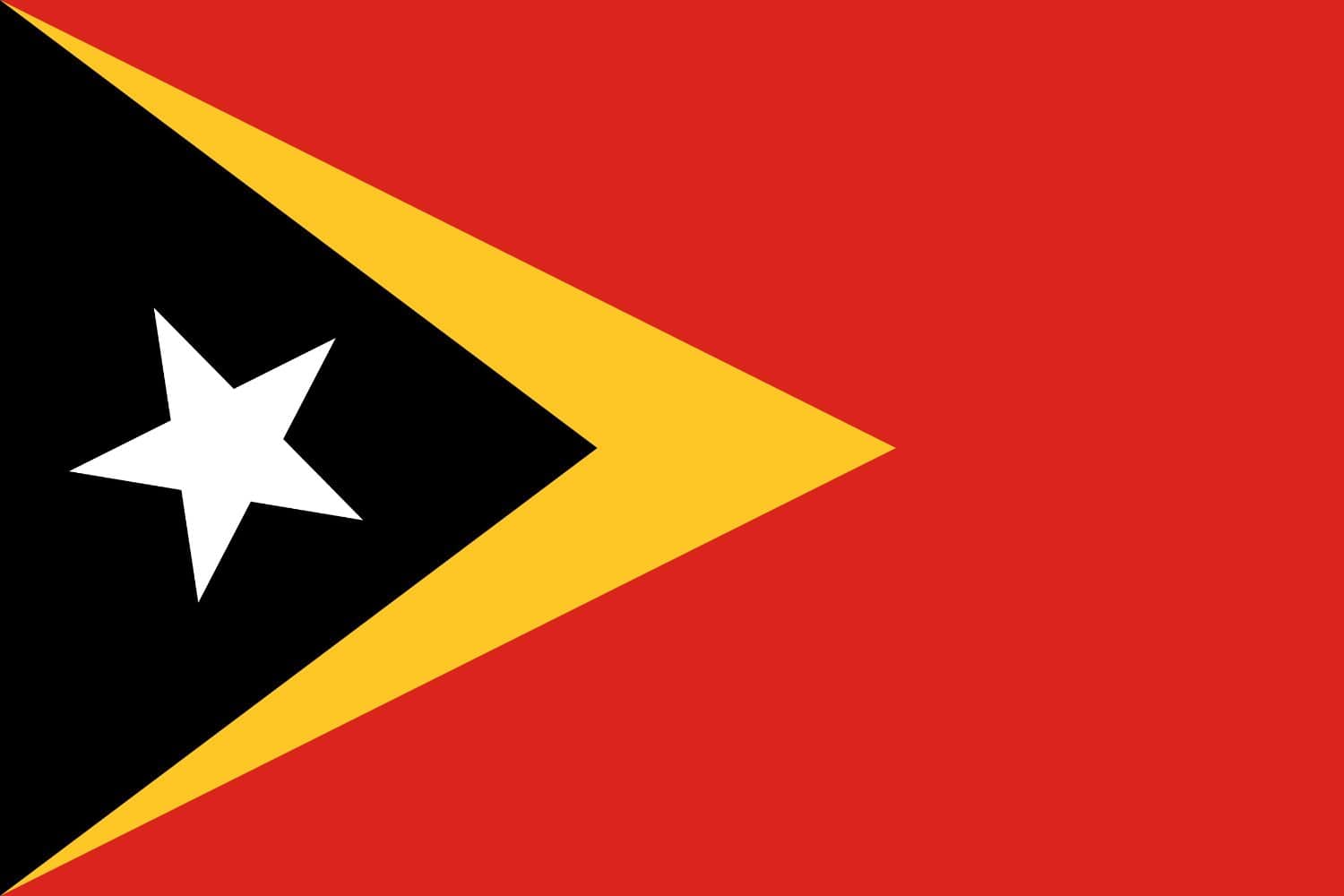
Dive into a captivating exploration of the East Timor (Timor-Leste) flag with intriguing facts and lesser-known trivia. Explore the distinct elements of the flag’s design that carry profound symbolism. Delve into anecdotes of noteworthy events or incidents involving the flag that have significantly influenced the nation’s history and identity.
Rich Tapestry of History
2002: The current flag of East Timor was officially adopted on May 20, symbolizing the nation’s resilience and hope following its independence.
Colors and Symbolism: The red color dominates the flag, representing the struggle for independence against oppression. The yellow triangle symbolizes traces of colonialism in East Timor’s history, while the black triangle signifies the obscurity that needs to be overcome.
Star of Hope: The white star on the black triangle stands out as a symbol of peace and a guiding light towards a brighter future.
National Identity: The flag encapsulates East Timor’s tumultuous yet hopeful journey towards sovereignty and reflects its aspirations for peace and national unity.
These historical insights shed light on pivotal moments in the history of the East Timor flag, emphasizing its role in defining the nation’s identity and symbolizing its enduring spirit and aspirations through the years.
Flag-Related Symbols and Emblems
A flag is not just a piece of cloth but a profound representation of a nation’s identity. Discover additional national symbols and emblems closely associated with Timor-Leste, understanding their significance and how they relate to the flag. Explore their historical and cultural roots to deepen your understanding of Timor-Leste’s heritage. It’s effortless to travel and undertake a tour to visit the country’s prime destinations.
Symbolisms of the Timor-Leste Flag
The flag of Timor-Leste carries several symbolic elements that reflect the nation’s history, values, and aspirations. Here are the symbolisms of the Timor-Leste flag presented in itemized form:
- Black Triangle: Represents the dark past of colonialism that the country has overcome, symbolizing the resilience and determination of the Timorese people.
- Yellow Triangle: The color yellow signifies the traces of colonialism and the struggles for sovereignty, illustrating the sacred heritage and the sacrifices made for national liberation.
- Red Base: The red color symbolizes the struggle for independence and the courage of the Timorese people, representing their fight for freedom.
- White Star: Positioned on the black triangle, the white star stands for peace and a guiding light towards a bright future. It also symbolizes hope and the aspirations of the Timorese for self-determination.
- Flag’s Design: Reflects Timor-Leste’s aspirations, cultural heritage, and unity among its diverse population.
- National Identity: The flag acts as a powerful symbol that unites the people of Timor-Leste, reminding them of their shared history and cultural identity.
- National Aspirations: Through its design and elements, the flag embodies the aspirations and values of the Timorese nation, including resilience, unity, peace, and freedom.
These symbolisms in the flag contribute to the country’s sense of identity and pride, reflecting its historical journey and cultural significance.
Flags of Similar Countries or Regions
Exploring the flags of countries or regions around East Timor (Timor-Leste) can provide fascinating insights. This includes a thorough comparison of these flags, pinpointing the similarities and differences in their designs, colors, or symbols. Understand the historical and cultural ties among these flags, highlighting shared influences or unique identities.
East Timor Flag vs Indonesian Flag
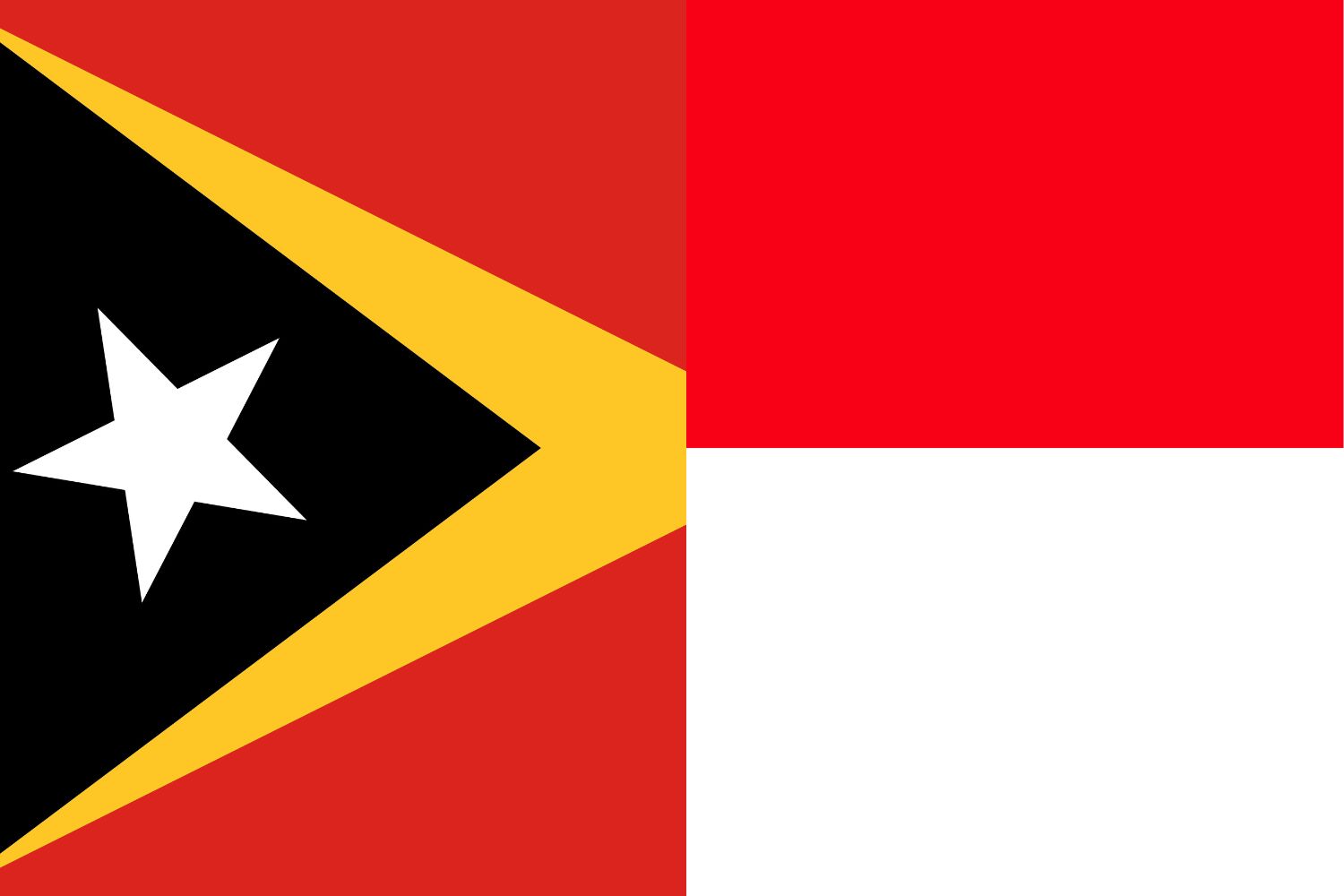
Similarity: Both flags feature the color red prominently.
Difference: The Indonesian flag consists of two horizontal bands, red on top and white on the bottom.
East Timor Flag vs Australian Flag
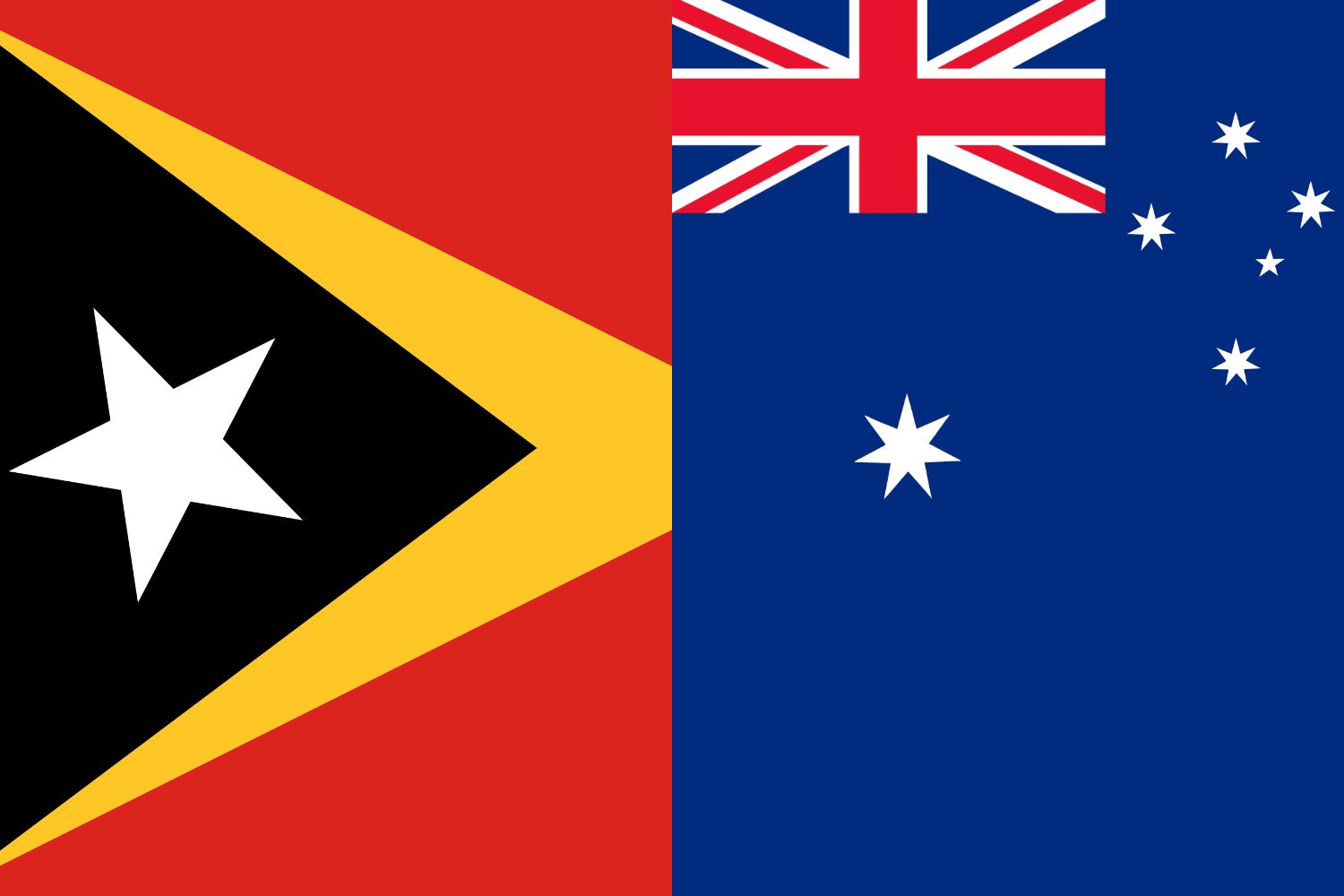
Similarity: Both flags incorporate the color red.
Difference: The Australian flag includes a blue field with stars and the Union Jack in the canton.
East Timor Flag vs Papua New Guinea Flag
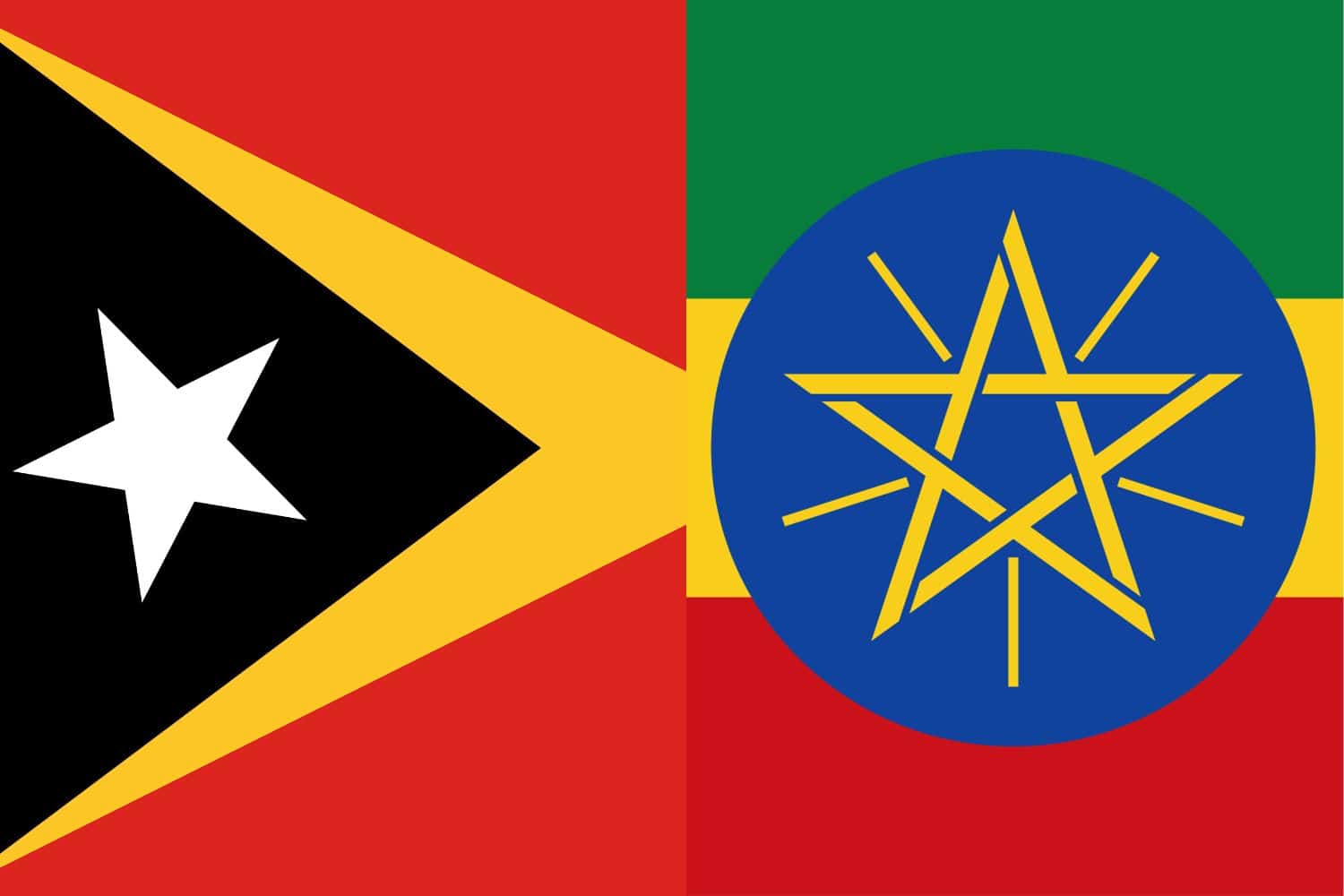
Similarity: Both flags use black and red.
Difference: The Papua New Guinea flag has a black diagonal band with a yellow bird-of-paradise and a constellation of stars on a red background.
East Timor Flag vs Philippines Flag
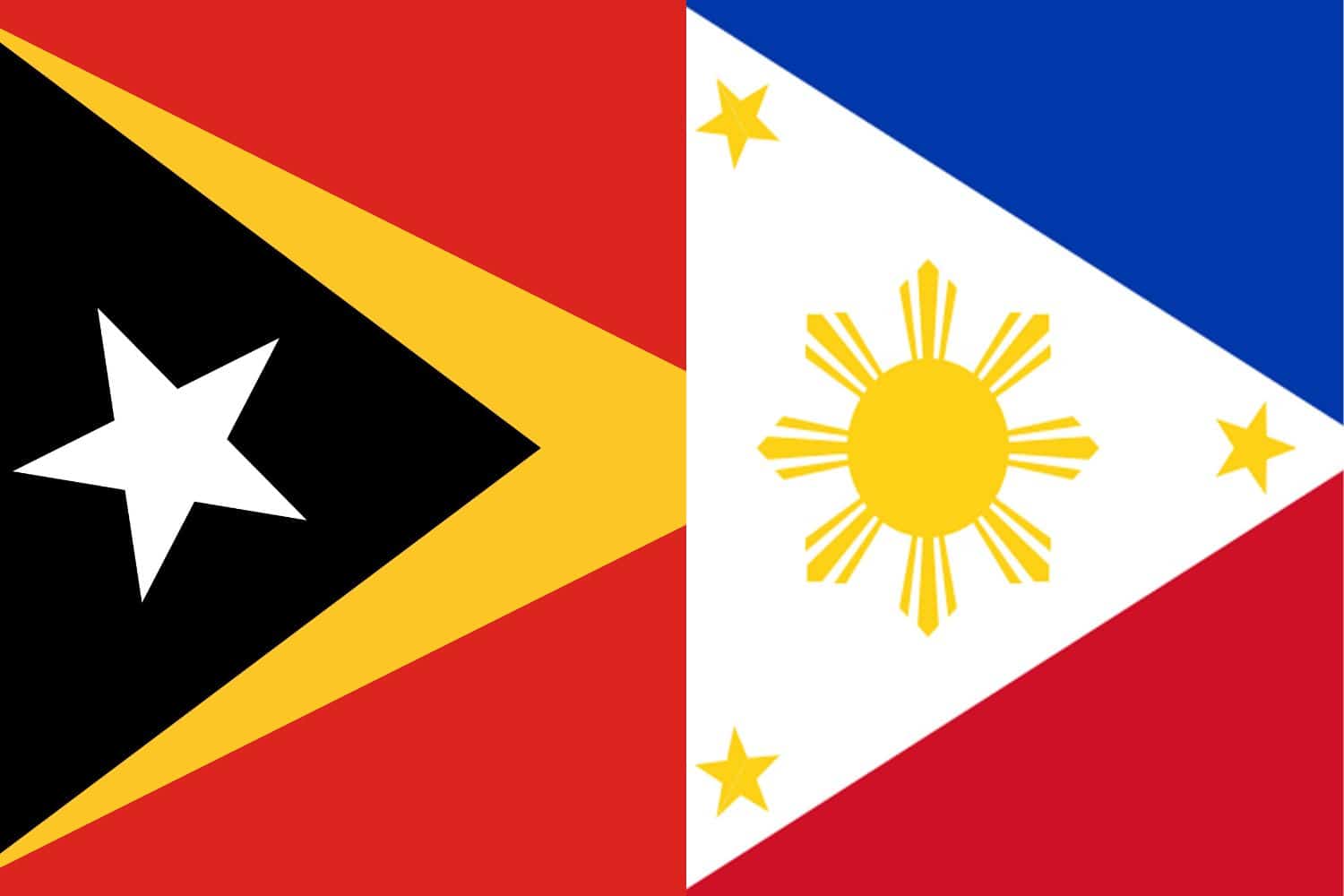
Similarity: Both flags use red and feature a symbolic emblem.
Difference: The Philippines flag is divided horizontally into red and blue with a white equilateral triangle at the hoist bearing a sun and three stars.
Frequently Asked Questions (FAQs)
Discover answers to common questions related to the Timor-Leste flag picture. From its historical origins to the symbolism behind its elements, find concise and informative responses that cater to inquiries commonly posed by those curious about East Timor’s flag.
What do the colors on the East Timor flag represent?
The red stands for the struggle for independence, the black represents the obscurity that needs to be overcome, the yellow denotes the traces of colonialism, and the white in the star symbolizes peace.
When was the East Timor flag officially adopted?
The flag was officially adopted on May 20, 2002, coinciding with the country’s independence from Indonesian administration.
What is the symbolism of the star on the East Timor flag?
The white star on the flag symbolizes peace and serves as a guiding light for the nation.
Has the flag of East Timor undergone any changes since its first use?
The flag used since independence is essentially the same as the one adopted by CNRT (National Council of Timorese Resistance) in 1975, although the shade of some colors has varied slightly over time.
How does the flag of East Timor differ from its neighboring countries’ flags?
Unlike many of its neighbors that use symbols like the Union Jack or Islamic motifs, East Timor’s flag uses a simple star and straightforward color blocks to represent its political history and aspirations.
Is there a specific protocol for flying the East Timor flag?
Yes, like most national flags, the East Timor flag should be displayed prominently and with respect, especially during national holidays and significant national events.
What occasions are most associated with the display of the East Timor flag?
The flag is prominently displayed during Independence Day celebrations, national festivals, and other important public holidays.
What does the design of the flag signify about East Timor’s national identity?
The design reflects East Timor’s journey towards independence and its future aspirations, emphasizing resilience, peace, and the rejection of past oppression.
